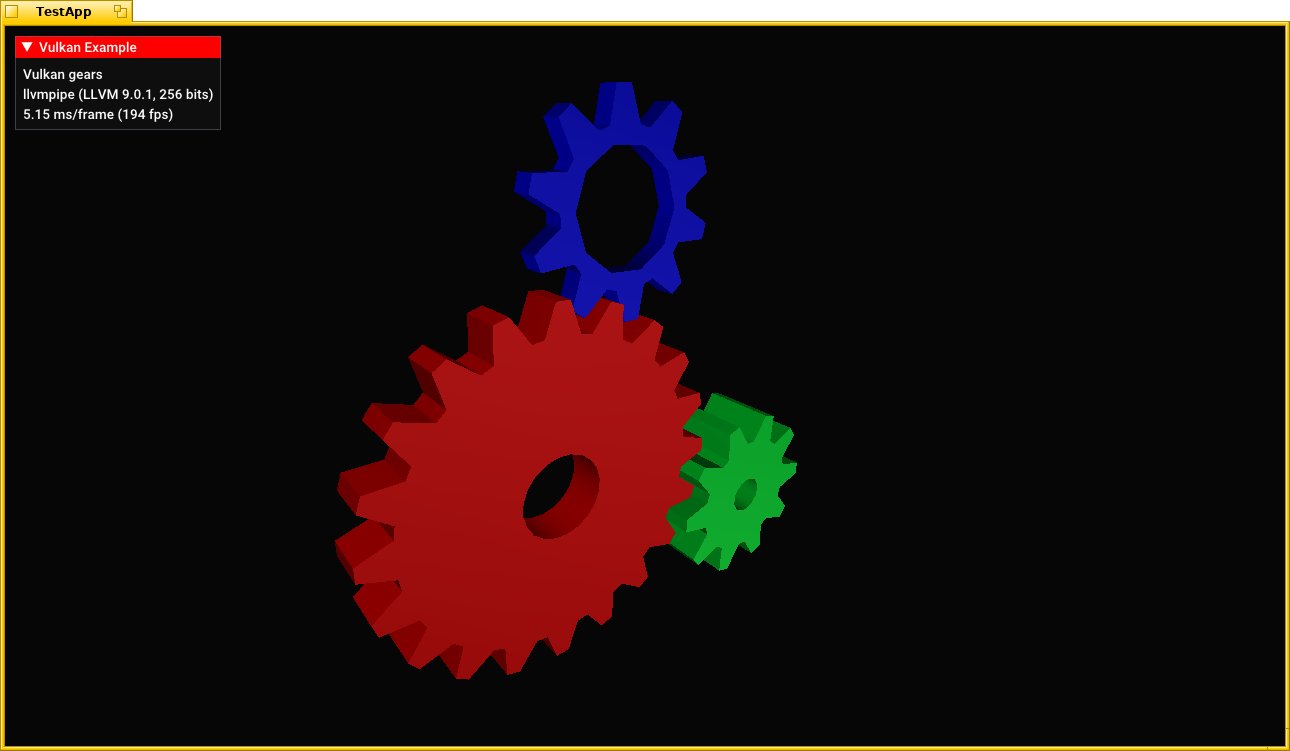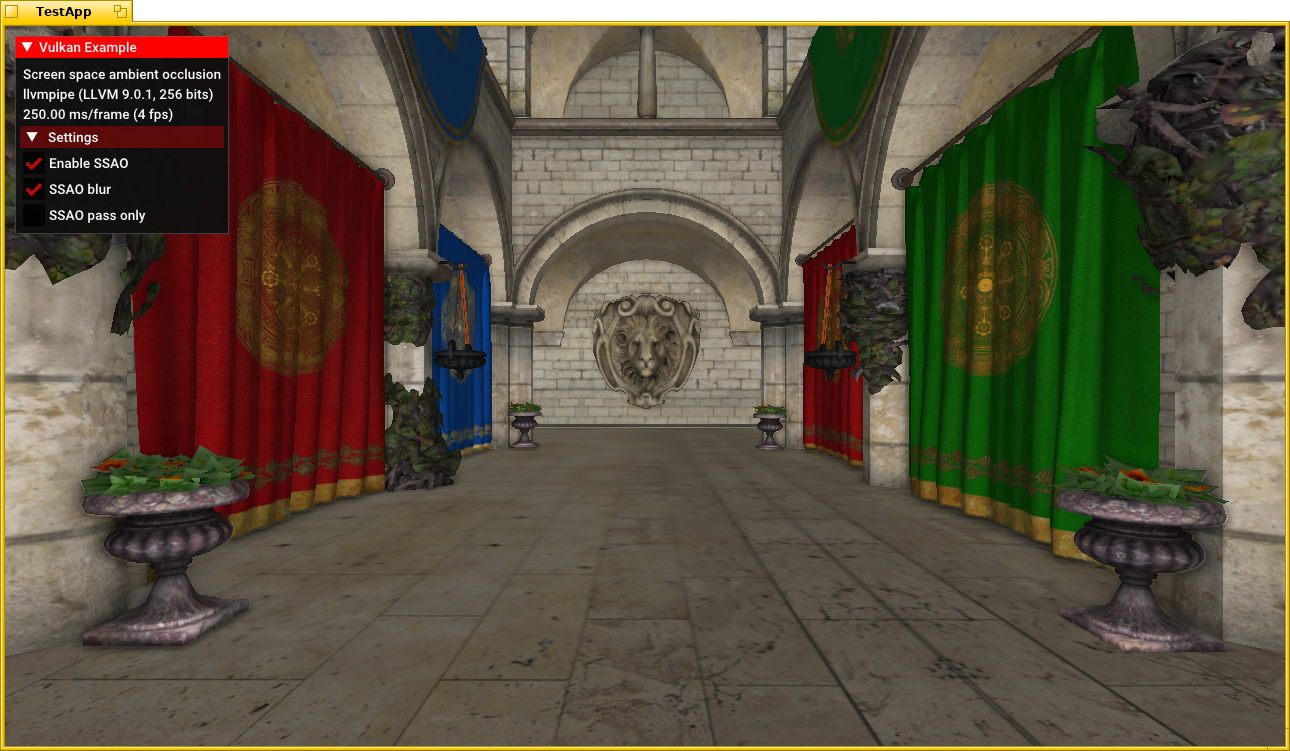With some hacks window output is added. Proper support will need adding Haiku-specific Vulkan extensions for surface and swapchain.




With some hacks window output is added. Proper support will need adding Haiku-specific Vulkan extensions for surface and swapchain.



